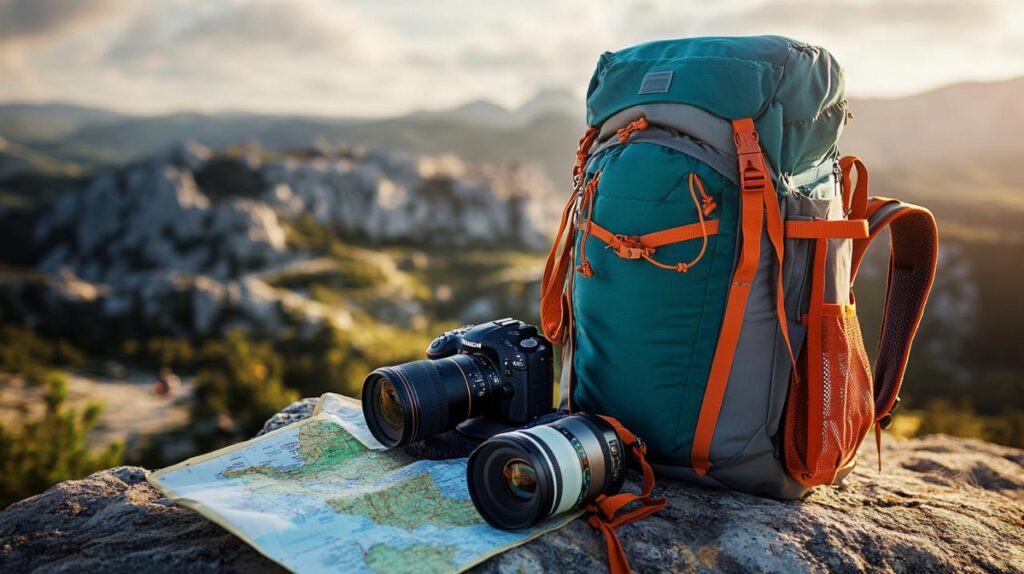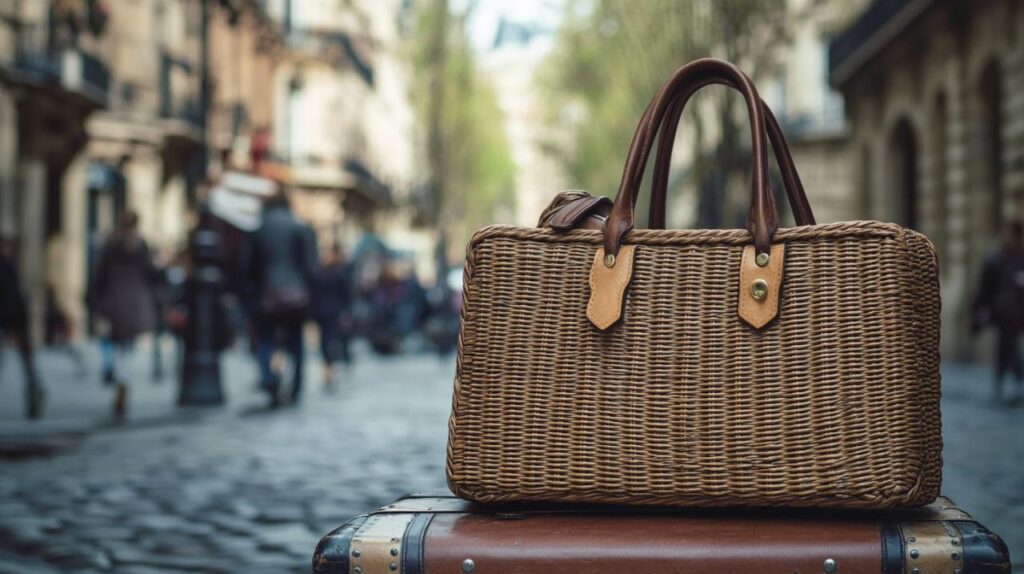Photography stands as an enduring art form that continues to captivate enthusiasts and professionals alike, inviting individuals to capture moments and express unique perspectives through the lens. Whether embarking on the journey as a beginner or seeking to refine advanced skills, selecting the appropriate equipment becomes paramount in transforming creative vision into tangible results. The market offers an extensive array of camera accessories, lighting solutions, and supporting gear designed to enhance every aspect of the photographic process. Understanding which tools truly elevate your craft, balanced against practical considerations of budget and portability, empowers photographers to make informed decisions that align with their artistic ambitions. From camera bodies and lenses to sophisticated stabilisation systems and creative lighting equipment, each component plays a distinct role in shaping the final image. This exploration delves into the essential photography equipment that serves as the foundation for professional-quality results and the innovative accessories that unlock new creative possibilities.
Essential Camera Bodies and Lenses for Professional Results
Choosing the right camera body represents the cornerstone of any photography setup, as it fundamentally determines image quality, performance capabilities, and the range of creative options available. Modern digital cameras have evolved dramatically, offering features that cater to diverse photographic styles from landscape and portraiture to fast-paced sports and wildlife photography. The decision between different sensor sizes and camera types influences not only the technical quality of images but also the weight and portability of the entire kit. Alongside the camera body, lenses constitute the second crucial element in the photographic equation, shaping perspective, depth of field, and overall aesthetic. Building a versatile lens collection requires careful consideration of focal lengths, aperture ranges, and optical quality to ensure readiness for various shooting scenarios. The synergy between camera body and lens selection ultimately defines the photographer's ability to capture their vision with precision and artistry.
Full-frame vs crop sensor: choosing your ideal camera body
The debate between full-frame and crop sensor cameras remains a significant consideration for photographers at all levels, each format offering distinct advantages that suit different requirements and budgets. Full-frame sensors, which match the dimensions of traditional 35mm film, deliver superior low-light performance, broader dynamic range, and shallower depth of field characteristics that appeal particularly to portrait and landscape photographers. These cameras typically command higher prices but provide exceptional image quality that satisfies the demands of professional work. Crop sensor cameras, by contrast, offer a more compact and affordable alternative whilst maintaining impressive image quality suitable for most applications. The smaller sensor introduces a crop factor that effectively increases the reach of telephoto lenses, proving advantageous for wildlife and sports photography where distance poses challenges. Additionally, crop sensor systems generally weigh less and consume less power, making them ideal companions for travel and extended shooting sessions. Waterproof camera options have also expanded within both categories, enabling photographers to pursue their craft in challenging weather conditions without compromising equipment safety. When evaluating camera bodies, considerations extend beyond sensor size to include autofocus performance, burst shooting capabilities, video features, and ergonomic design, all of which contribute to the overall shooting experience and creative potential.
Prime and zoom lenses: building your perfect kit
Constructing a comprehensive lens collection involves balancing the optical excellence and compact form of prime lenses against the versatility and convenience of zoom lenses, each category serving distinct purposes within a photographer's toolkit. Prime lenses, characterised by fixed focal lengths, typically deliver superior sharpness, wider maximum apertures, and lighter weight compared to their zoom counterparts, making them favoured choices for portrait work, street photography, and low-light situations. The wider apertures available in prime lenses facilitate beautiful background blur and enable shooting in dimmer environments without excessive ISO increases. Zoom lenses provide the flexibility to adjust framing without changing position, proving invaluable during events, travel, and wildlife photography where moving closer to subjects proves impractical. Modern zoom lenses have achieved remarkable optical quality, narrowing the gap with primes whilst offering the practical advantage of covering multiple focal lengths within a single unit. A teleconverter presents an economical solution for extending focal length reach, functioning as a cheaper and more compact alternative to purchasing dedicated telephoto lenses, with options available from under two hundred pounds. Building an ideal lens kit typically involves selecting a versatile standard zoom for everyday shooting, complemented by a fast prime for creative work and a telephoto option for distant subjects. Quality lens accessories such as protective filters and lens caps holders, which sell for just a few pounds, help safeguard these valuable optical investments whilst maintaining accessibility during shooting. The website https://www.agfaphoto-gtc.com/en/ offers various photography equipment options including cameras and accessories that cater to different photographic needs. Ultimately, the perfect lens collection reflects individual shooting preferences, budget constraints, and the specific genres of photography pursued most frequently.
Must-have accessories to elevate your photography game
 Beyond the fundamental camera and lens combination, a carefully selected array of photography accessories transforms good images into exceptional ones by expanding creative possibilities and ensuring technical precision. These supporting tools address practical challenges encountered during shoots whilst opening doors to experimental techniques that distinguish memorable photographs from routine snapshots. From stabilisation equipment that guarantees sharpness to lighting gear that sculpts mood and atmosphere, accessories represent the photographer's extended toolkit for overcoming limitations and expressing artistic vision. The investment in quality accessories often yields improvements in image quality and shooting efficiency that rival upgrading primary camera gear. Moreover, certain accessories prove remarkably affordable, with essential items like reflectors available for under ten pounds and cleaning kits ranging between five and thirty pounds, making them accessible additions that deliver outsized value. Understanding which accessories genuinely enhance photographic outcomes versus those that merely accumulate in camera bags requires consideration of shooting style, typical environments, and creative aspirations.
Beyond the fundamental camera and lens combination, a carefully selected array of photography accessories transforms good images into exceptional ones by expanding creative possibilities and ensuring technical precision. These supporting tools address practical challenges encountered during shoots whilst opening doors to experimental techniques that distinguish memorable photographs from routine snapshots. From stabilisation equipment that guarantees sharpness to lighting gear that sculpts mood and atmosphere, accessories represent the photographer's extended toolkit for overcoming limitations and expressing artistic vision. The investment in quality accessories often yields improvements in image quality and shooting efficiency that rival upgrading primary camera gear. Moreover, certain accessories prove remarkably affordable, with essential items like reflectors available for under ten pounds and cleaning kits ranging between five and thirty pounds, making them accessible additions that deliver outsized value. Understanding which accessories genuinely enhance photographic outcomes versus those that merely accumulate in camera bags requires consideration of shooting style, typical environments, and creative aspirations.
Tripods, Gimbals, and Stabilisation Gear for Sharp Images
Achieving consistently sharp images across diverse shooting conditions demands attention to camera stability, with tripods standing as the most valuable and versatile tool for eliminating camera shake and enabling specific techniques. A quality tripod proves indispensable for self-portraits, bracketing sequences, long exposures, and low-light photography where slower shutter speeds become necessary, additionally serving as a makeshift light stand when creative lighting setups require support. The range of tripod options spans from lightweight travel models that prioritise portability to robust studio designs that support heavy telephoto lenses and withstand challenging weather conditions. For photographers working in extremely cold environments, a lens warmer costing approximately fifteen pounds prevents condensation formation that could otherwise compromise image quality and potentially damage equipment. Gimbals represent the modern evolution of stabilisation technology, particularly valuable for video work and action photography where smooth motion tracking separates professional results from amateur attempts. These sophisticated devices use motorised stabilisation to counteract unwanted camera movements whilst allowing intentional panning and tilting, creating fluid footage that rivals dedicated cinema rigs. Drones equipped with integrated gimbals have revolutionised aerial photography, capturing high-quality stills and video from perspectives previously accessible only through expensive helicopter charters, though increasing regulations and substantial costs require careful consideration before investment. For photographers seeking maximum protection during outdoor adventures, camera covers and weather protection gear provide essential safeguarding against the elements, with basic rain sleeves available for around five pounds offering peace of mind during unpredictable conditions. The combination of appropriate stabilisation equipment tailored to specific shooting scenarios ensures technical sharpness whilst freeing creative attention to focus on composition, lighting, and decisive moment capture.
Lighting Equipment and Filters for Creative Control
Mastering light represents perhaps the single most important skill in photography, and the right lighting equipment empowers photographers to shape, enhance, and completely transform the mood and quality of their images. Portable speedlights offer flexible flash solutions suitable for various photography styles, with quality models such as Hahnel speedlights retailing for under two hundred pounds, providing significant light output in a compact, battery-powered package that travels easily to any location. Strobe lighting systems paired with radio triggers enable sophisticated studio-quality illumination for creative work, enhancing details, throwing dramatic shadows, and facilitating experimentation with coloured gels, with second-hand markets offering excellent value for photographers building their first lighting kit. For those operating on tighter budgets, reflectors function as cheaper alternatives to powered light sources, offering effective light control by bouncing and redirecting available illumination, with basic models found for under ten pounds representing one of the most cost-effective investments available. Ring lights have gained particular prominence among vlogging equipment enthusiasts and portrait photographers, delivering the characteristic circular catchlight in subjects' eyes whilst providing flattering, shadowless illumination ideal for beauty and product photography. Filters constitute another essential category of creative control tools, with circular polarising filters enhancing or eliminating reflections whilst adding punch to colours in landscape and architectural photography. Neutral density filters reduce incoming light to enable large apertures in bright conditions and facilitate daytime long exposures that transform rushing water into silky streams and moving clouds into ethereal streaks across the sky. Graduated filters help balance exposure between bright skies and darker foregrounds, addressing the dynamic range limitations that challenge even modern camera sensors. Specialist equipment such as the Pixelstick enables precise light painting techniques by controlling emitted light patterns during long exposures, opening creative possibilities limited only by imagination. A comprehensive memory card holder keeps valuable SD cards organised and protected, proving particularly important given that these small items store irreplaceable image data yet easily become lost without proper storage. Power banks extend shooting sessions by providing charging capabilities for cameras and accessories in the field, either through in-camera charging or via external battery chargers, ensuring technical limitations never force premature conclusion of productive shoots. The strategic deployment of lighting equipment and filters transforms ordinary scenes into extraordinary photographs, granting photographers the control necessary to realise their creative vision regardless of ambient conditions.


